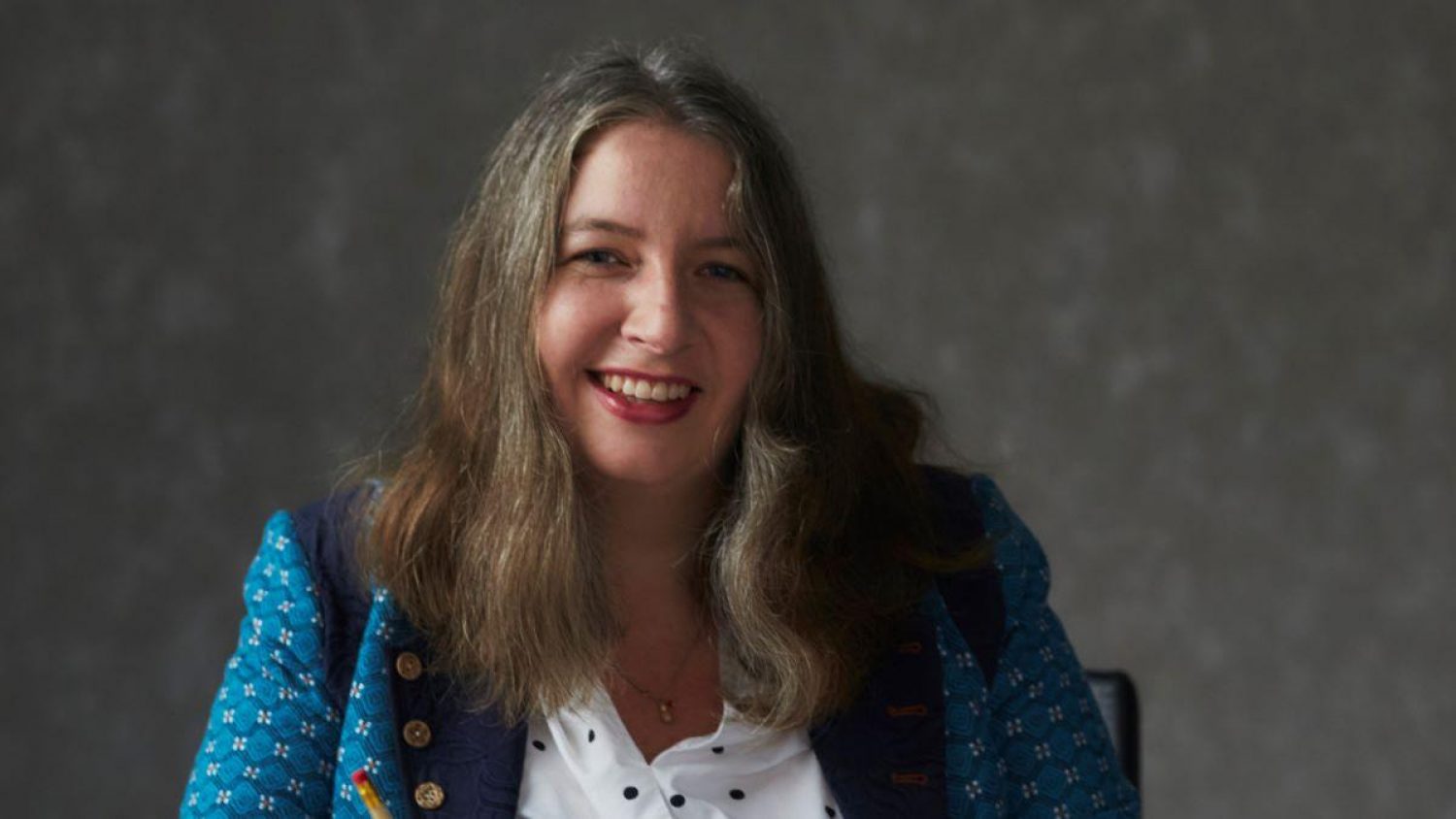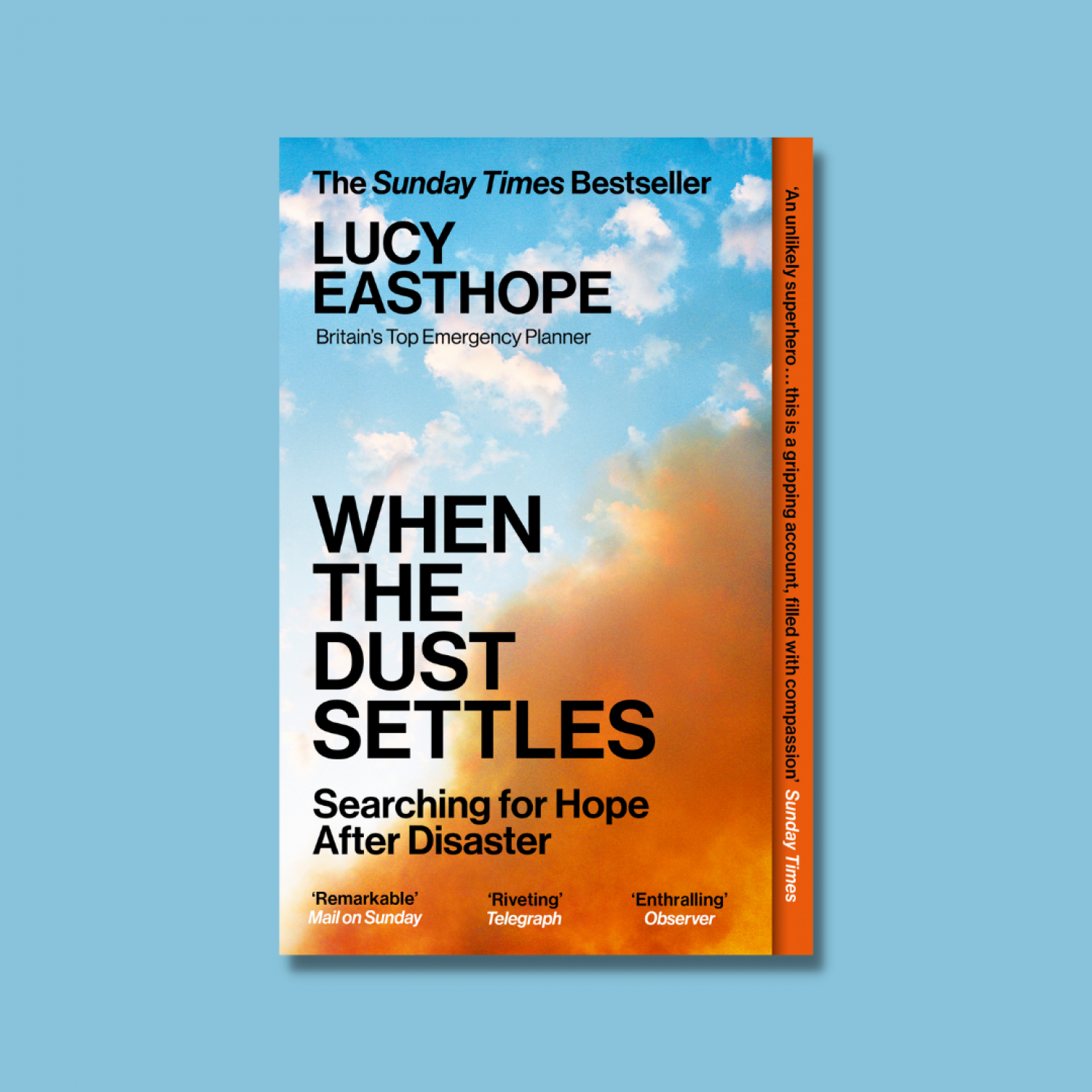Five minute read
Disaster response planner Lucy Easthope’s memoir, 'When the Dust Settles', shines a light on a hidden world — revealing how the living and the dead are cared for in the aftermath of a disaster.
Lucy grew up in Liverpool in the 1980s and describes herself as “a very activist child with an interest in Hillsborough and other disasters”. Ninety-seven Liverpool fans were killed in a crush at Hillsborough stadium in 1989 and hundreds more were injured.
This disaster had a huge impact on Lucy’s local community and began her interest in what happens to those whose lives are touched by disaster.
In ‘When the Dust Settles’, Lucy writes about her involvement in the responses to 9/11, the Grenfell Tower Fire, the Indian Ocean Tsunami, and countless other situations that most of us only hear about from the headlines. But what does her role actually involve?
“People assume that my planning is all for the living, which it is, but actually it’s also about the care of the body,” Lucy explains.
“At a disaster, one of the very first calls I'll do with what's called the Mass Fatalities Coordinating Group is to ask about the dead, and what condition they are in. For example, a flooding death is very different from a fire death, and needs a different response.”
Inside a disaster mortuary
After a disaster strikes, plans are rapidly put into action to care for the dead, including the setting up of emergency mortuaries.
“I often get plans across my desk that just don't understand death,” Lucy says. “There are people who have seen it, and people that haven’t. On the ground, there is a recognition of the need for dignity, even when death is occurring en masse, but sometimes the logistics don’t allow this.
“Within the mortuary, there will be forensic anthropologists who work with the bones, anatomical pathology technicians and specialist funeral directors who do reconstruction. But a mass fatalities plan written by a civil servant may have no knowledge of these roles.
“So, for example, the mortuary for the Manchester bombing was crammed into an existing hospital mortuary. I hope we gave families the best experience that we could, but I worried about the welfare of responders who lacked space to decompress, rest and share practice.”
Preserving what remains
Like Poppy’s, Lucy believes in the importance of enabling families to see and spend time with a person’s body, or their remains, if they would like.
Find out more about Poppy's approach to death care.
“At disaster mortuaries, there are very well constructed viewing areas, but some families want to wait until they get back to their family funeral directors.
"Funeral directors can be very paternalistic. They are cautious, the message is: ‘I don't think you'll want to see that’. It’s not an overt act of sealing down the coffin, but the message is clear. Yet this can create such horrors in people’s minds.”
One of the major difficulties faced by Lucy, and the teams she works with, is how to identify the bodies and return people’s remains to their families. In many situations, this requires DNA identification — so will mean asking for DNA samples from surviving relatives who are waiting for news.
In some cases, there may be no identifiable remains. Keeping personal belongings of people who have died and, where possible, returning these to the people close to them is extremely important in these situations.
“Why is it so important to return a debit card to someone?” Lucy asks, before explaining: “I’ve seen families sitting with something like a debit card, looking at, and stroking, the numbers like they would a person’s hand.”
This is just one example of handing back choice and control to bereaved people in a situation where many decisions are taken out of their hands.
Losing and regaining control
“Deaths in a disaster can be politicised,” explains Lucy. “Photos can be harvested from Facebook pages to use in the media. There may not even be control over the image you want to put out of the person who has died.”
Managing the flow of accurate information to families and local communities can also be extremely challenging.
“There used to be the idea of the ‘golden hour’ that responders would have to get everything together when first arriving on the scene. Today, Batman levels of response are expected. At best, we have three or four minutes and that’s always seen as too slow.
“The media will ask why we haven’t given out names and will now use the phrase ‘locally named as’ to outrun the police and the coroner in doing so. We need to wait for scientific information before identifying someone, we need to double check. I know it's very, very, hard. But we can't make mistakes.”

